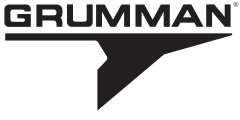In November 2008, the company also obtained a $37M contract for the maintenance, logistics, and aviation administration services over five years for the C-2A fleet assigned to VX-20 test and evaluation squadron at Patuxent River.
Northrop Grumman worked on an upgraded C-2 version and offered to modernize the fleet with components common to the E-2D Hawkeye.

